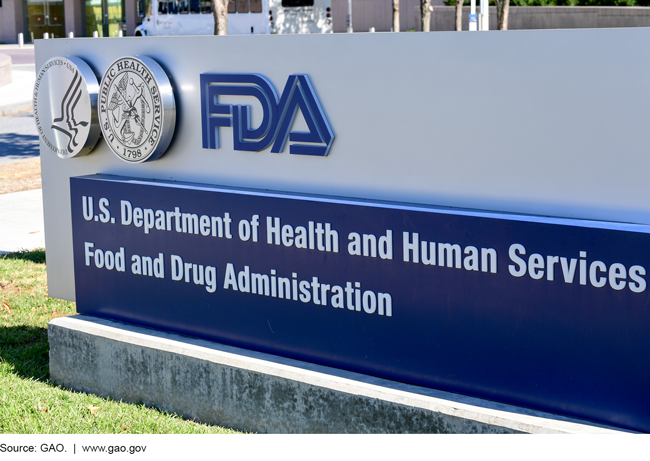
6 benefits of FDA Breakthrough Devices program
Are you a Startup or Founder developing a device that performs a more effective treatment, incorporates novel technology, or is like nothing else on the market? If the answer is “yes” then the new FDA program for breakthrough medical devices may be your best regulatory option.
The Breakthrough Devices program supersedes and combines several of the agency’s existing programs to speed access to new devices without compromising safety and effectiveness. The program covers qualifying 510(k), Premarket Approval (PMA), Investigational Device Exemption (IDE) and De Novo applications.
In an effort to implement the 21st Century Cures Act, FDA published a draft guidance in October, 2017. “Breakthrough Devices Program” will supersede “Expedited access for Premarket Approval and De Novo Medical Devices Intended for Unmet Medical Need for Life Threatening or Irreversibly Debilitating Diseases or Conditions” from 2015 once it is approved.
The following criteria must be met for device participation in the program:
- Device provides more effective treatment or diagnosis of a life-threatening or irreversibly debilitating disease or condition
- Device represents breakthrough technologies
- No approved or cleared alternative device is currently marketed in the US
- Device offers significant advantages over existing approved or cleared alternatives
- Device availability is in the best interest of patients
If your device meets the above criteria, using the breakthrough program offers several advantages to speed up market availability and patient access. Some of the perks of this new program include
- Interactive and timely communication with FDA
- Pre/postmarket balance of data collection
- Efficient and flexible clinical study design
- Review team support
- Senior management engagement
- Priority review
Qualifying devices will undergo priority review, moving to the front of the queue and receiving additional review resources, according to the guidance. Although the new program is designed to expedite market access, FDA notes that the review process can sometimes take longer than conventional device registration because of the novel device and technology.
Some exciting program features include “sprint” discussions with FDA on novel issues related to the device, with the goal of reaching mutual agreement with the agency within a set time period. They provide a faster mechanism for communication with FDA compared to Pre-Sub meetings, allowing device development to move forward in a timely manner. FDA says that sprint discussions should focus on a single topic and follow a defined schedule.
Join over 6000 medical device professionals who receive our engineering, regulatory and commercialization insights and tips every month.
Data development plans (DDP) outlining data collection expectations for the entire product lifecycle should be coordinated with FDA to ensure predictable, efficient, transparent, and timely device assessment and review. The DDP may also include the balance of premarket and postmarket data collection. FDA will consider data that may be collected postmarket rather than premarket to a level of acceptable uncertainty in the risk-benefit profile at the time of approval. This may result in less clinical data required at the time of market application with a commitment to collect more clinical data postmarket in comparison to the usual requirements. This mechanism also provides great clarity on the data required for the marketing application which helps avoid duplication of studies which saves time and resources.
The Breakthrough Devices program offers a mechanism for obtaining binding agreement in writing for clinical protocols for both FDA and the Sponsor. If changes to the agreed upon protocol are needed, they must be agreed to in writing by both FDA and the Sponsor. Another option for protocol change is a determination from the director of the office reviewing the submission that “a substantial scientific issue essential to determining the safety or effectiveness of the device exists.”
Sponsors can agree to have regular check-ins with the agency via email, teleconference or face-to-face meetings to discuss their product’s application progress and plan for upcoming meetings.
In conclusion
The Breakthrough Devices program provides several advantages for novel devices and technologies. It should be used for faster access to market.
Virginia Anastassova, RAC, is a former
Quality Assurance and Regulatory Affairs Senior QA Specialist / Manager at StarFish Medical. She brings extensive experience in quality management and regulatory affairs to our clients.
Image: GAO. / www.gao.gov
